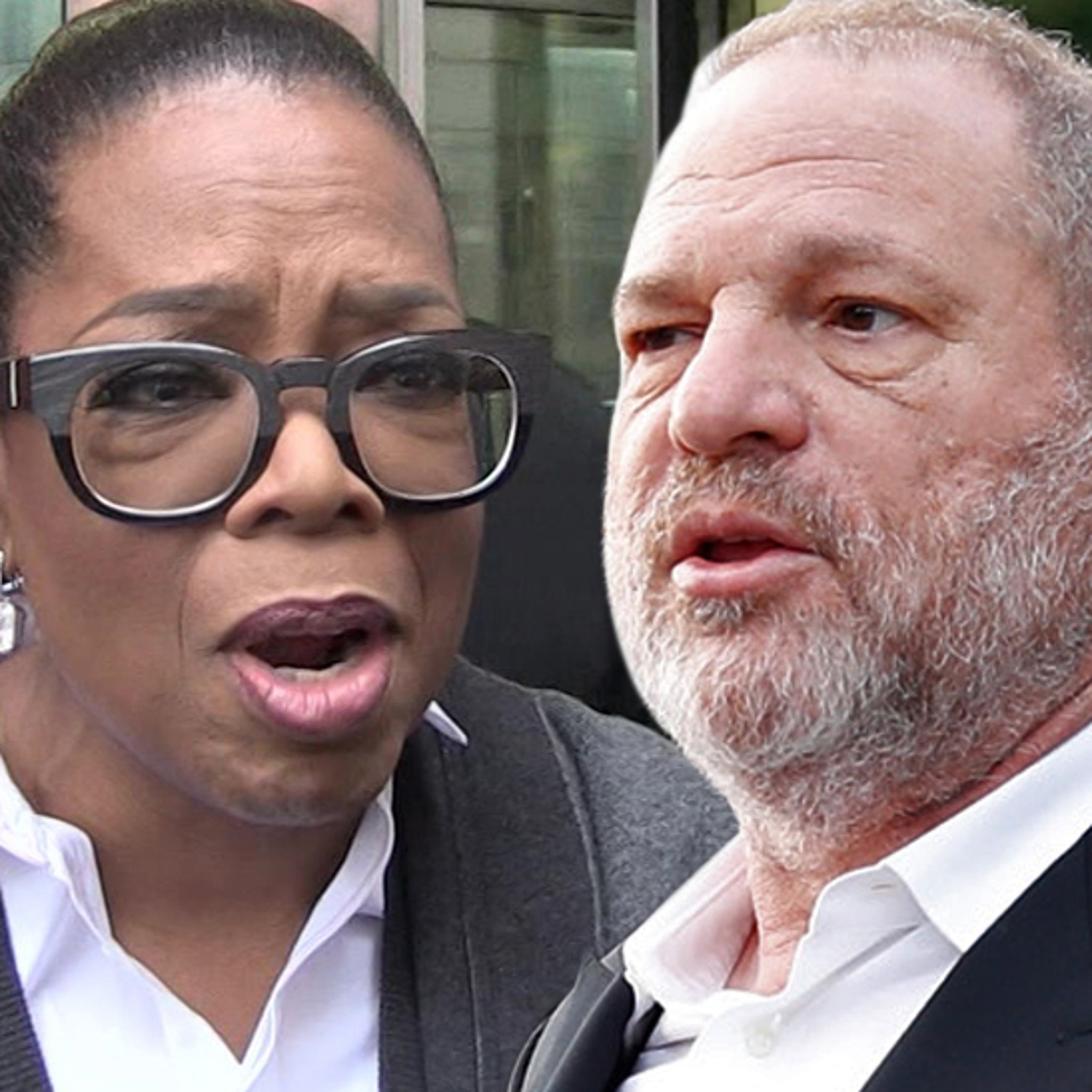SMH HOLLYWOOD – Actress Claims Oprah and Harvey Weinstein TRICKED HER: I’ve been talking about Oprah’s s€x trafficking rings for years | HO

The meeting with Harvey Weinstein in February 2014 at the Rosewood Hotel in London, as recounted by an aspiring actress, sheds light on the intricate web of influence and power in Hollywood. The presence of prominent figures like Oprah Winfrey and Naomi Campbell at Weinstein’s side painted a picture of legitimacy and trustworthiness. For a young actress, this association of Weinstein with respected celebrities could be interpreted as a validation of his intentions and his standing in the industry. However, subsequent revelations about Weinstein’s actions have painted these interactions in a very different light.
Harvey Weinstein’s question to the actress, “Do you know who I am?” was not just an inquiry about recognition—it was a display of power. It implied a status so significant that it could, without doubt, influence the young woman’s career. His repeated assurances that “it’ll be good for you” were likely intended to build trust and expectation, making it easier for him to wield his influence.
The introduction to his assistant, Charlotte, and the taking of her information, were the first concrete steps towards something that was promised to be beneficial for the actress. At that moment, the excitement and potential for a career boost were palpable. The atmosphere, filled with celebrities and the hustle of a Hollywood after-party, only amplified the sensation that something significant was on the horizon.
However, the context in which these interactions occurred has dramatically changed with the widespread allegations and subsequent convictions related to Weinstein’s behavior. It has come to light that his approaches were often predatory, using his power to manipulate and coerce. The initial impression of opportunity has been overshadowed by a more sinister reality, leading to a reassessment of the encounters many had with Weinstein at similar events.
The role of other celebrities in these interactions is complex. While Oprah Winfrey and Naomi Campbell, for example, may not have been aware of Weinstein’s actions, their presence lent him an air of respectability that he could exploit. For an outsider, the proximity to such power and success implied endorsement and safety. This complicates the narrative because it raises questions about the responsibility of influential figures in inadvertently enabling misconduct by providing a veneer of credibility to individuals like Weinstein.
The subsequent public discourse has not only focused on Weinstein but also on the structures and individuals that surrounded him. Discussions about Oprah Winfrey’s and Naomi Campbell’s interactions with Weinstein have sparked debates about the extent of their knowledge and their potential complicity, willingly or not, in his actions. This reflects a broader conversation about accountability and the ethics of celebrity associations.
These discussions are not just about assigning blame but also about understanding the dynamics of power in Hollywood. They highlight the need for greater transparency and ethical behavior among those with significant influence. The focus on celebrities like Oprah Winfrey in these narratives also underscores the dual role they play as both symbols of success and as potential gatekeepers who can challenge or perpetuate harmful industry norms.
It is essential, therefore, to approach the analysis of such incidents with a nuanced understanding. While it is tempting to view influential figures as either wholly good or bad based on their proximity to controversy, reality is often more complex. The interactions at the Weinstein event, viewed through the lens of later revelations, illustrate the intricate interplay of power, influence, and responsibility in Hollywood. They prompt a reevaluation of how relationships and reputations are managed in the industry, and they call for a redefinition of what it means to wield influence responsibly.
In conclusion, the convergence of aspiring talents and established power at events like the Weinstein party at the Rosewood Hotel offers insight into the workings of Hollywood’s power dynamics. It serves as a cautionary tale about the potential misuse of power and the importance of ethical vigilance in all professional interactions. As the industry moves forward, it faces the challenge of dismantling old structures and building new ones that prioritize respect, consent, and integrity.





